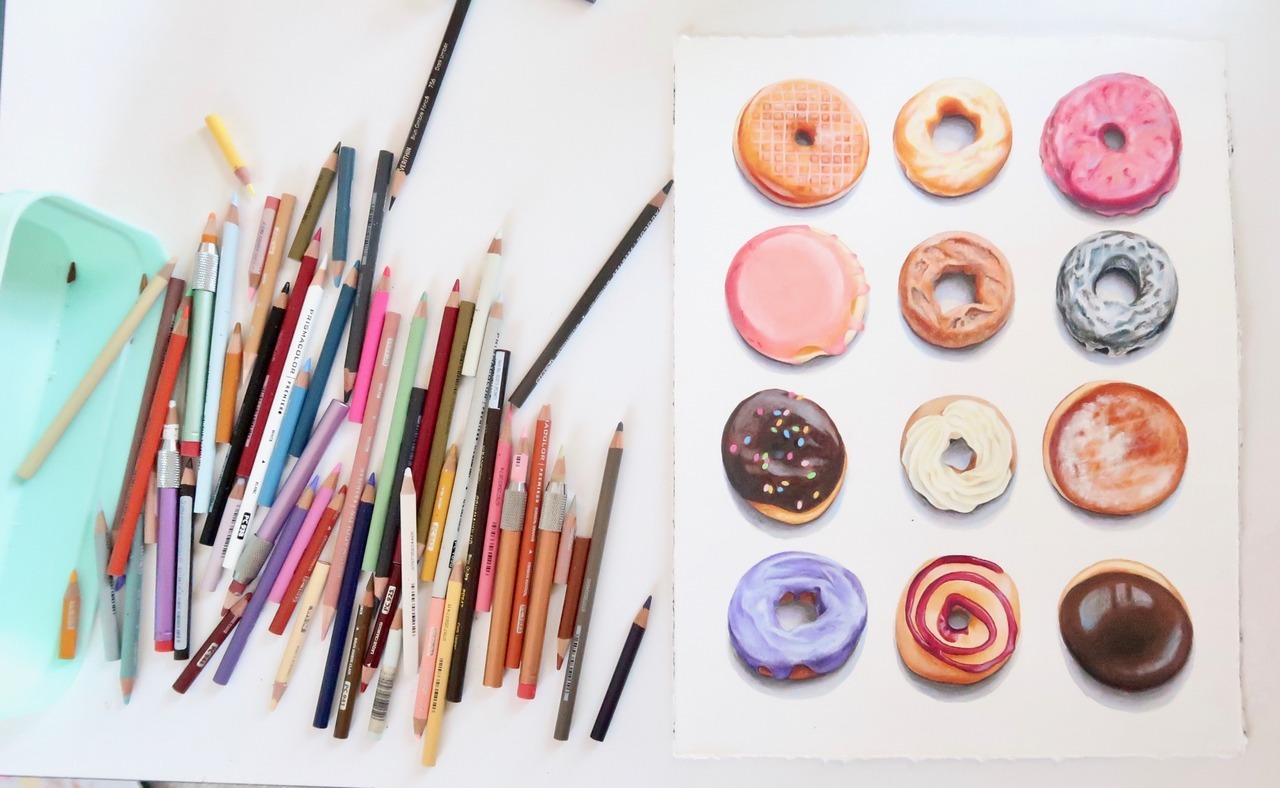

The team talked constantly about this, debating whether they needed to come up with a unique mechanic to separate the game from other iterations of ‘Tetris.’ Eventually, the main programmer came up with an idea: wouldn’t it be cool if the blocks didn’t disappear when you cleared them? The goal was to give players a chance to take a break if they felt too tired.Īs development progressed, Enhance still felt something was lacking in “Zen Tetris,” that the gameplay was too mundane. Ishihara also decided to split the main campaign into seven areas, likening it to finding rest stops along a highway. The studio expanded their proprietary Synesthesia Engine to improve the animations and environments, and tweaked the speed at which the blocks fall - they slow down when there’s a lot going on on-screen (so the player can take it all in), and speed up when the presentation isn’t as busy.

And when balancing these elements, we strive to achieve a perfect ratio of 1:1:1,” Ishihara explained. “We place a great deal of importance on the linking of three elements: gameplay, visuals, and sound. Enhance prides itself on creating gameplay that just feels good, so it had to address this issue right away. The team figured that the gameplay was just too overwhelming for players and that the visuals and sound design needed to balance it out. It was so bad that during testing sessions, Ishihara often found himself falling asleep with the VR headset still on. But Ishihara, who Mizuguchi promoted to be the director of the game, quickly realized that the prototype didn’t feel good, and the VR version caused drowsiness and fatigue. They made everything in 3D, including the blocks and the deep-sea background animations (with fish, manta rays, and whales swimming around). “That’s one of the things we really believe in at Enhance … where we can just have a couple people noodling on something for a couple years getting the art right,” said MacDonald.Īfter that long gestation period (and the release of “Rez Infinite” in 2016), Enhance put together a playable prototype of “Zen Tetris” in three months. In total, the studio spent two years in pre-production. According to VP of production and business development Mark MacDonald, those early concept pieces helped them refine their ideas, especially in regards to how the game - at this point called “Zen Tetris” - would look like in VR.

The developers also made a non-interactive video to demonstrate the kind of mood and music they were aiming for. They looked remarkably similar to the stages that ended up in the final product. Ishihara came back with evocative pieces of concept art, including one that had fire and smoke surrounding the familiar “Tetris” play space, and another that featured underwater creatures. When Mizuguchi traveled back to Tokyo, he spoke with Enhance artist Takashi Ishihara to brainstorm new ideas. He also wanted the project to take advantage of VR and to reflect what it’s like to play “in the zone,” referring to the way players can lose themselves and align the Tetrimino blocks without thinking. Rogers was a fan of Mizuguchi’s past work with “Rez” and “Lumines,” so he asked him if he could make a “Tetris” game that incorporated music-based gameplay. The easy part was getting the license: Mizuguchi met with licensor holder Henk Rogers (who affectionately refers to the game designer as “Gooch”) on the island of Hawaii in Rogers’s massive ranch. That was one of many struggles Enhance founder and CEO Tetsuya Mizuguchi talked about during a panel at the 2019 Game Developers Conference. So when Enhance Games set out to make “ Tetris Effect” for PlayStation 4 and PlayStation VR, the studio had to figure out whether or not it should even alter the core “Tetris” gameplay. “Tetris” is one of the most popular games in the world, one that many people consider to be a near-perfect experience.


 0 kommentar(er)
0 kommentar(er)
